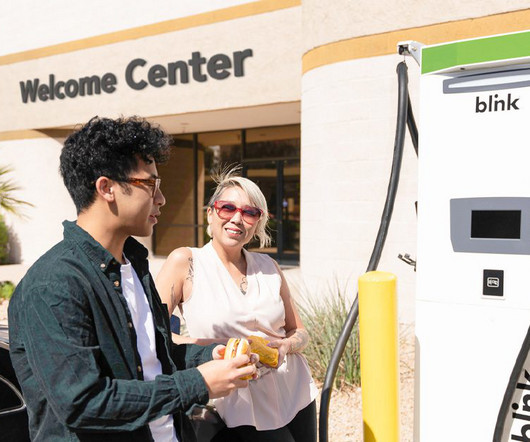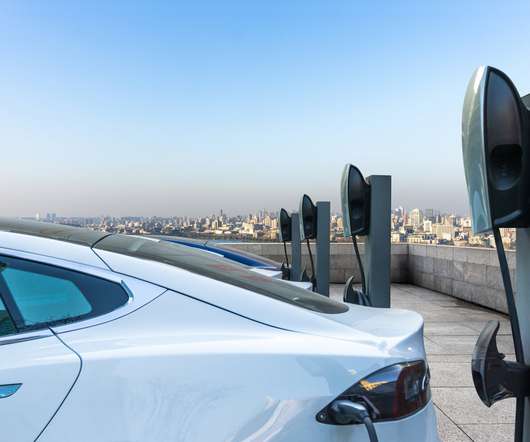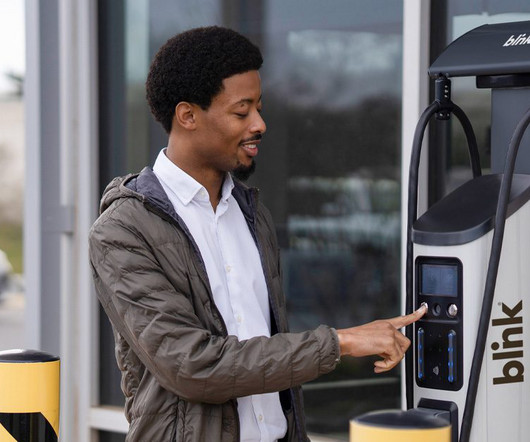How Truck Stops and Convenience Stores Can Benefit from Holiday EV Travel
Blink Charging
DECEMBER 14, 2023
And for a population that associates convenience stores with fueling stations, truck stops and roadside convenience stores have a golden opportunity to attract EV drivers, especially in more rural areas where electric vehicle supply equipment (EVSE) is scarce.












Let's personalize your content